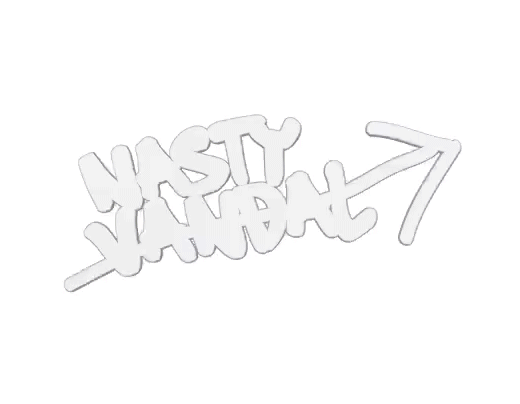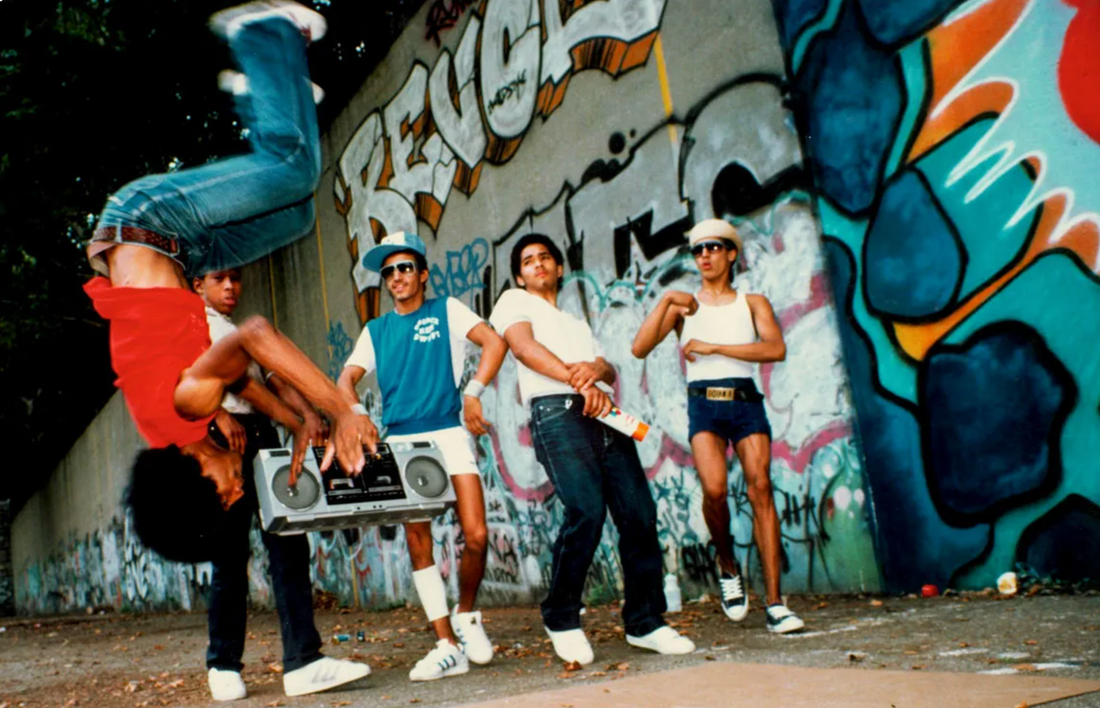
THE EVOLUTION OF HIP-HOP AND GRAFFITI
Share
When you think about hip-hop culture, four key elements immediately come to mind: MCing (rapping), DJing, breakdancing (b-boying), and graffiti. These four pillars, intertwined and evolving over time, have shaped a cultural movement that has swept across the globe. But one of these elements—graffiti—stands out as the visual expression of hip-hop’s voice, attitude, and rebellion.
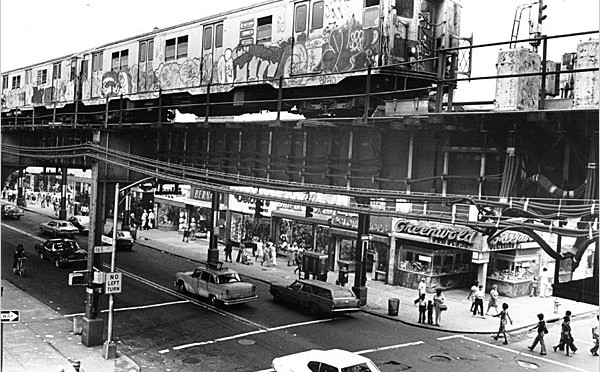
The Origins: Graffiti’s Beginnings in the Hip-Hop Scene
Graffiti and hip-hop were both born in the same fertile ground: the gritty streets of 1970s New York City. In the Bronx, where hip-hop started to take shape, graffiti writers were already tagging walls and subway cars, leaving their marks on the city’s landscape. Hip-hop was a response to the struggles of inner-city life, and graffiti was a form of self-expression that gave these communities a voice, a way to say “I’m here,” in a world that often ignored them.
Graffiti, with its bold colors, intricate designs, and unique lettering, became the visual representation of hip-hop’s rebellious spirit. As MCs and DJs crafted the soundtrack to life in the Bronx, graffiti writers brought it to life with paint and spray cans. Tags and throw-ups started appearing alongside block parties, where DJs spun records and MCs hyped up the crowd. This was more than just an aesthetic pairing; it was a shared cultural language.
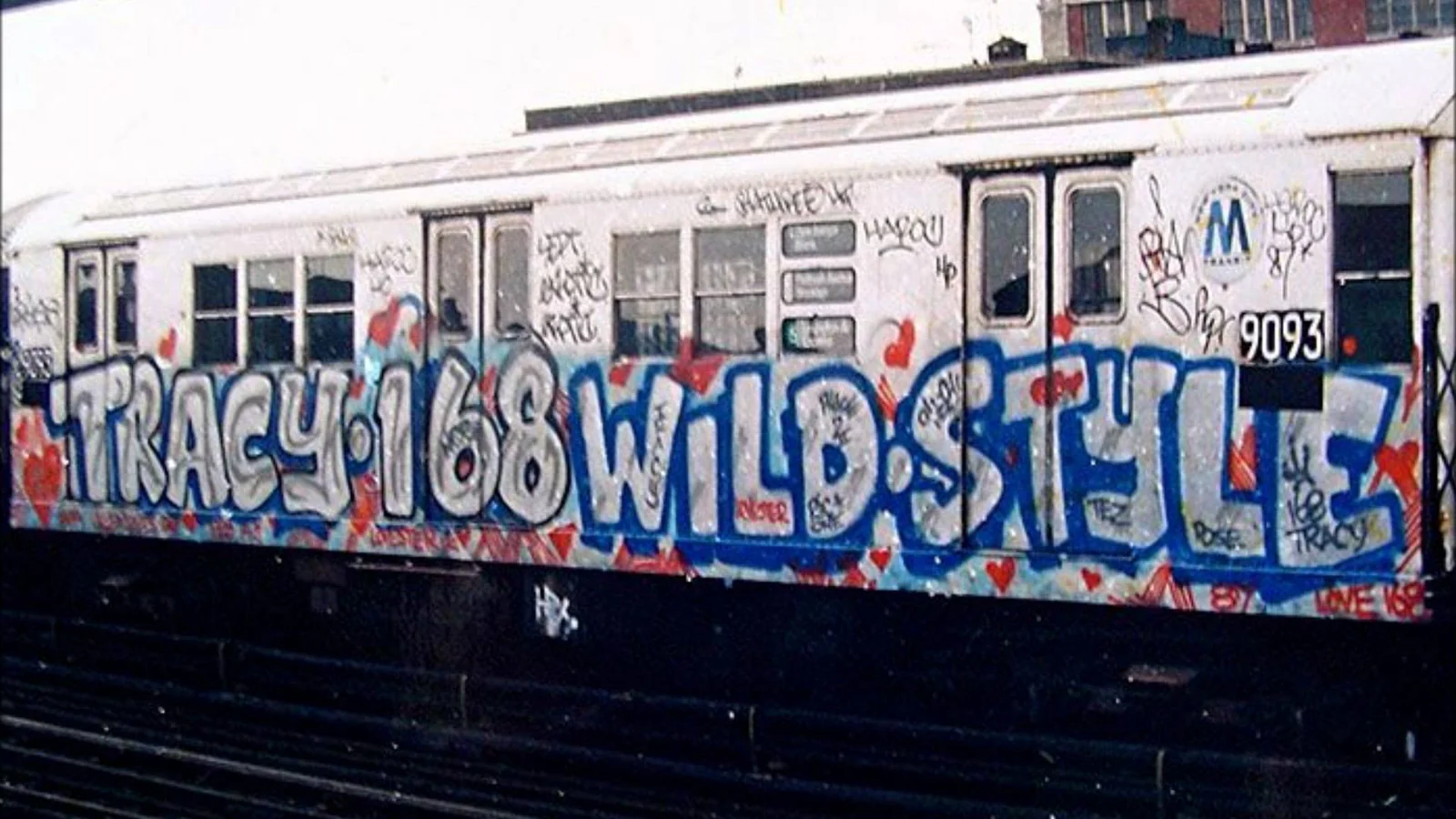
The Golden Era: Hip-Hop and Graffiti Rise Together
In the late '70s and '80s, both hip-hop and graffiti began to gain mainstream attention. As hip-hop evolved musically and culturally, graffiti evolved with it. Subway cars became moving canvases, showcasing the work of legendary graffiti writers like Dondi, Seen, Lady Pink, and Futura. Meanwhile, the music of Grandmaster Flash, Run-D.M.C., and Public Enemy was filling the airwaves. The worlds of graffiti and hip-hop collided in a way that fueled each other’s growth.
The rise of breakdancing also contributed to this bond. B-boys and b-girls often performed in urban spaces already tagged with graffiti, adding another layer of cultural fusion. Breakdancers performed in front of walls covered in colorful letters, with each element of the hip-hop movement reinforcing the other. The synergy between graffiti and hip-hop wasn't just about art on walls and beats in the streets—it was about an entire movement rooted in defiance, creativity, and a hunger for visibility.
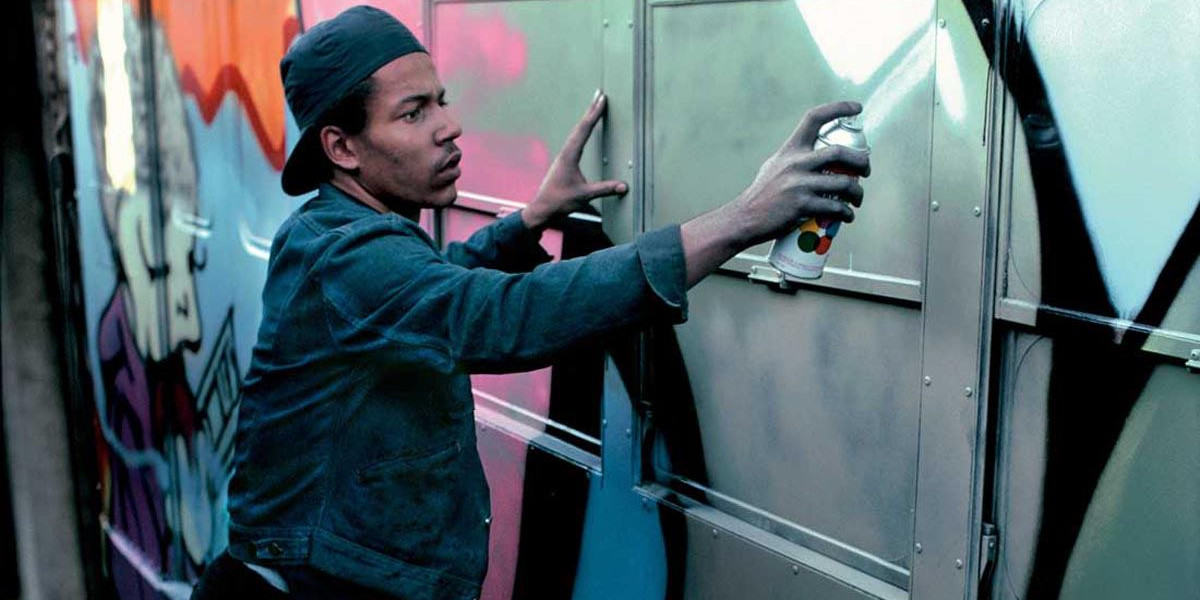

1990s: The Diversification of Hip-Hop and Graffiti
The 1990s brought major shifts to both graffiti and hip-hop. Hip-hop, now an established genre, began to expand globally. Graffiti followed suit, spreading across cities worldwide, becoming a universal language of urban art. Hip-hop heads and graffiti writers were popping up in places like London, Berlin, São Paulo, and Tokyo. Both art forms crossed borders and started to reflect new voices, new struggles, and new styles.
During this time, graffiti was seen as more than just tagging—writers were refining their styles, experimenting with new techniques, and transforming graffiti into a respected form of street art. Simultaneously, hip-hop itself was diversifying. The rise of new sub-genres like gangsta rap, conscious rap, and alternative hip-hop reflected the broadening spectrum of voices within the culture. While graffiti’s association with hip-hop remained strong, it also began to develop its own identity within the world of fine art, with writers like KAWS and Banksy making waves in the gallery scene.
2000s to Today: The Enduring Legacy
Fast forward to today, and both hip-hop and graffiti have become global cultural forces, shaping music, fashion, art, and even politics. Graffiti no longer belongs solely to the streets—it’s in galleries, on fashion runways, and in major advertising campaigns. Yet, its roots in hip-hop culture are still deeply embedded. Writers like Shepard Fairey and RETNA may have pushed graffiti into new realms, but their work still echoes the early spirit of rebellion and expression that was forged in the streets of the Bronx.
Similarly, hip-hop has evolved into a multi-billion-dollar industry, with artists like Kendrick Lamar and J. Cole continuing to push boundaries. Yet even as hip-hop has entered the mainstream, its core message of speaking truth to power and representing the underrepresented remains. And graffiti continues to play a role in that story, as murals, tags, and street art continue to challenge authority, transform urban spaces, and communicate stories from the margins.

A Culture of Resistance and Expression
The connection between graffiti and hip-hop goes beyond aesthetics. It's a shared history of resistance, creativity, and the desire to be seen and heard. Both art forms have grown and evolved together, from the streets of the Bronx to the global stage. Graffiti is hip-hop’s visual pulse, just as breakdancing is its movement and MCing its voice.
Even today, as both graffiti and hip-hop continue to morph and diversify, their core values of self-expression, rebellion, and community remain intertwined. They both began as underground movements, dismissed by the mainstream but embraced by those who found power in their raw authenticity. Over time, graffiti and hip-hop have become a timeless reflection of the urban experience, forever bonded in the culture they helped to build.
So next time you see a mural or hear a beat drop, remember—hip-hop and graffiti grew up together. They’re siblings in the culture, and they’ll always be connected.
